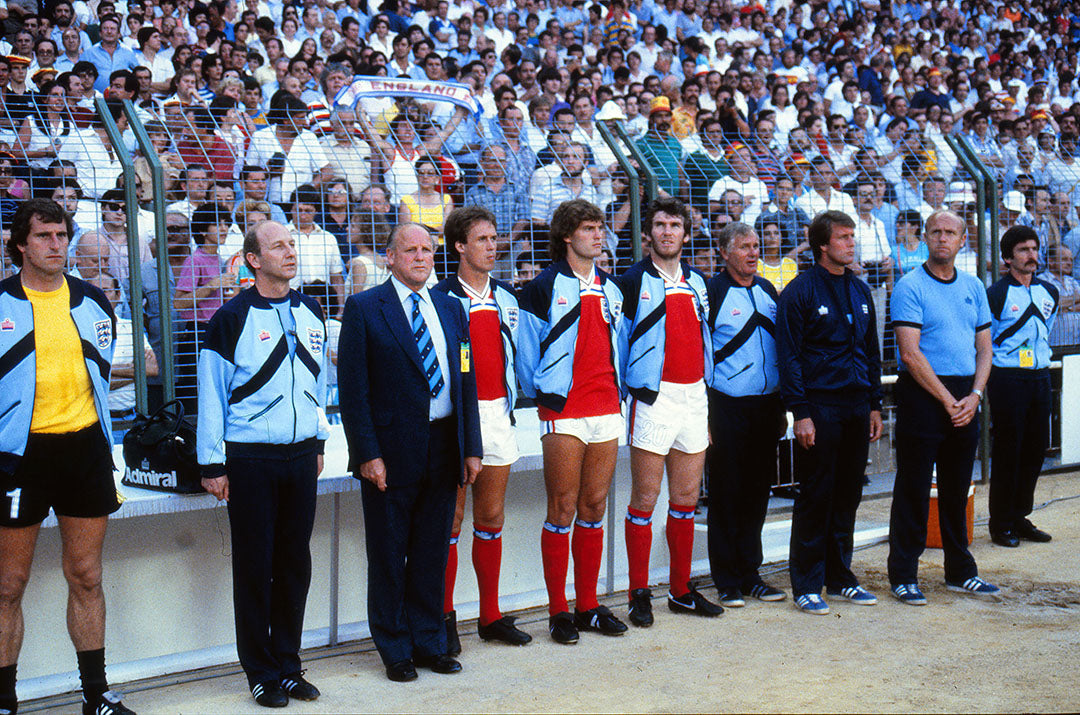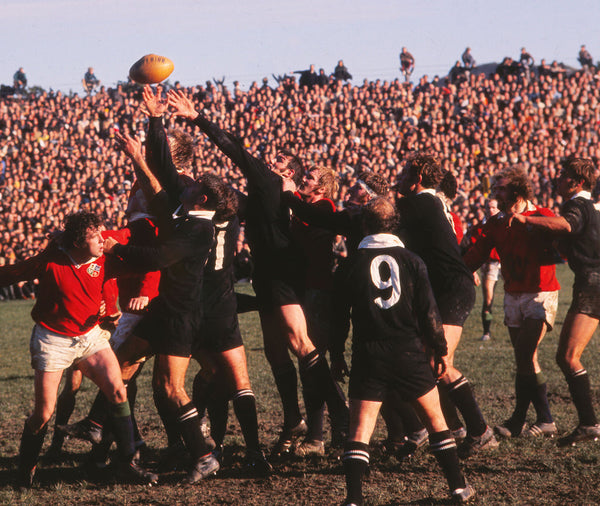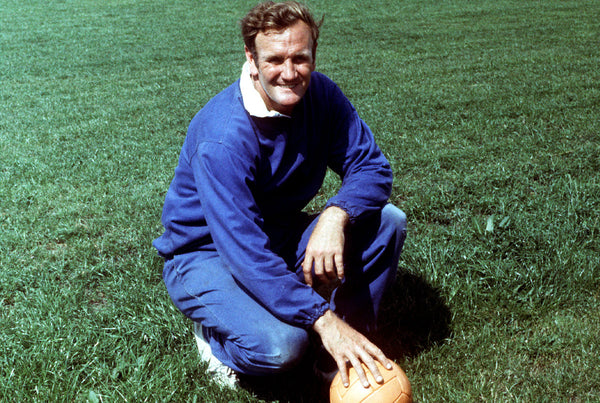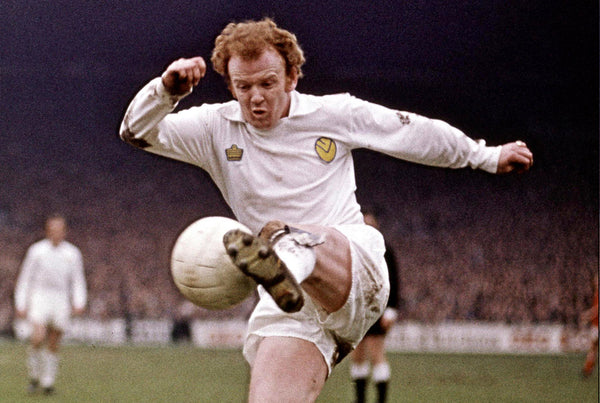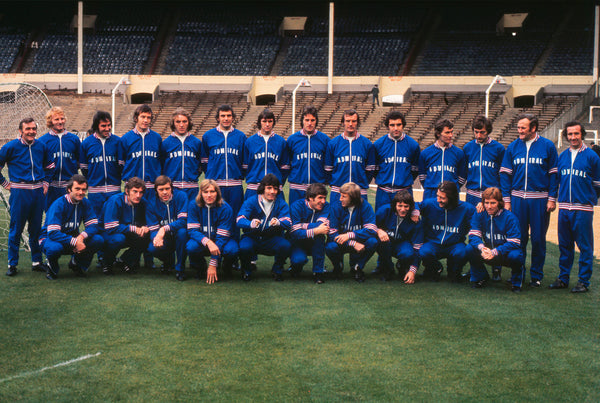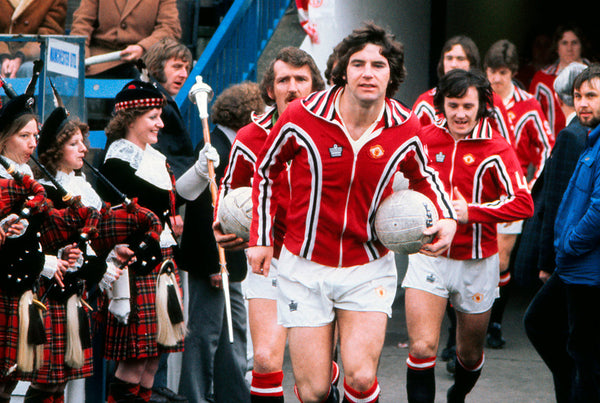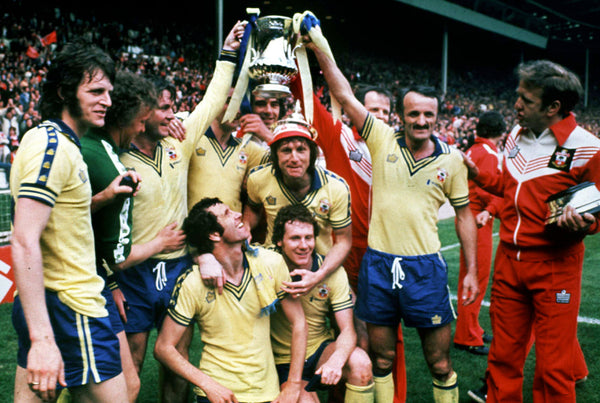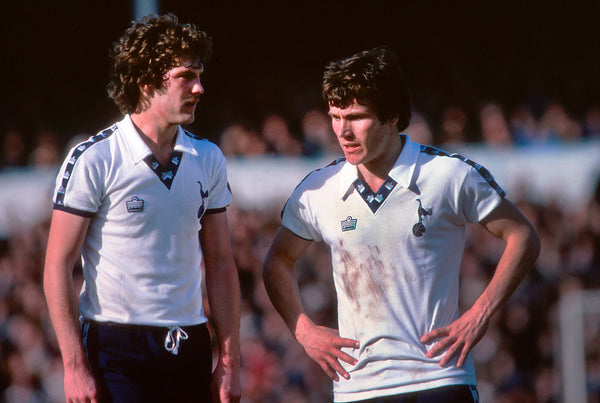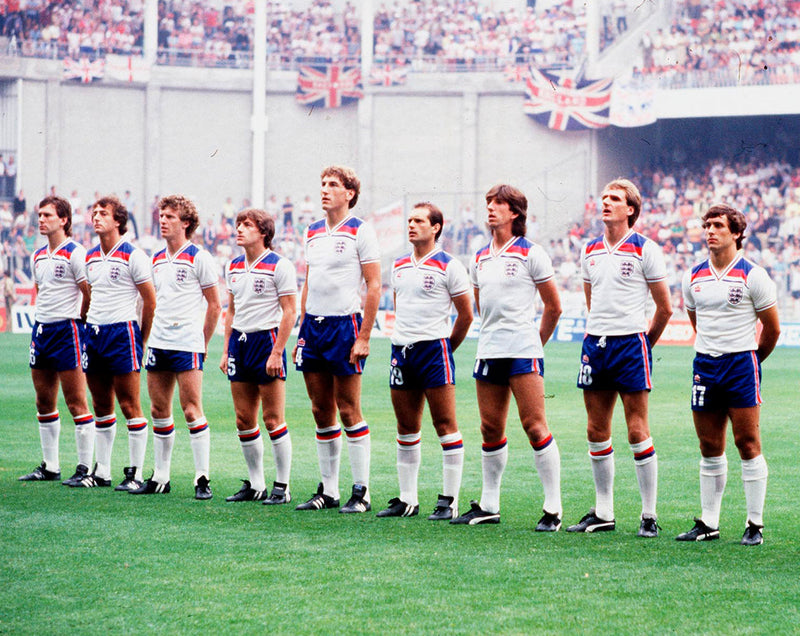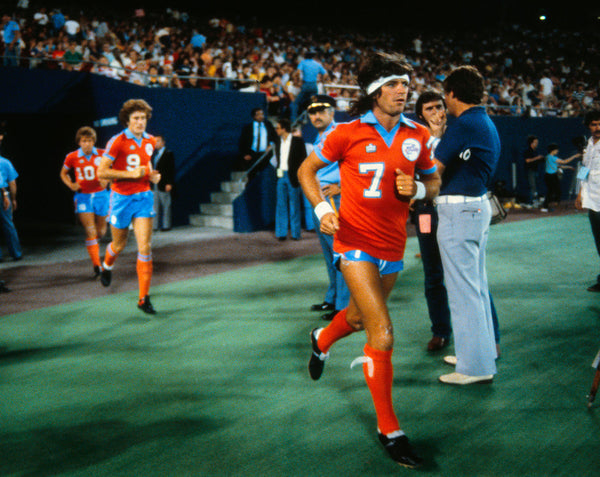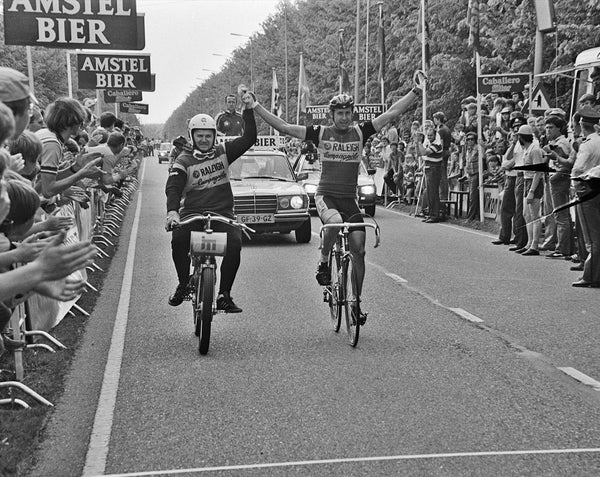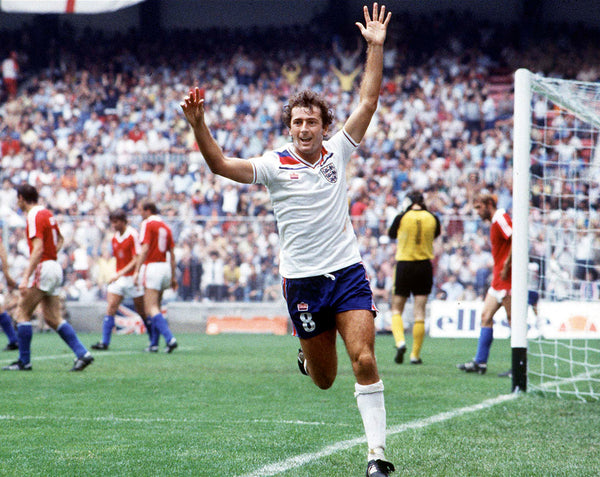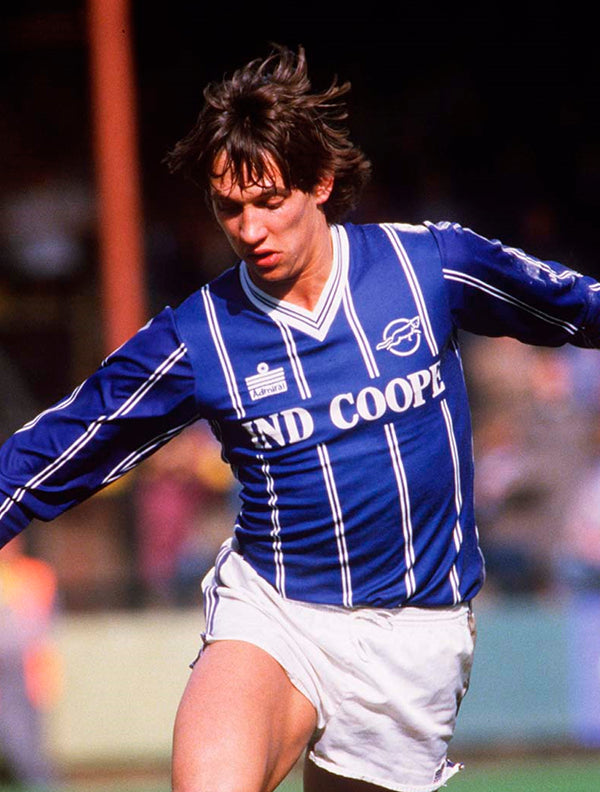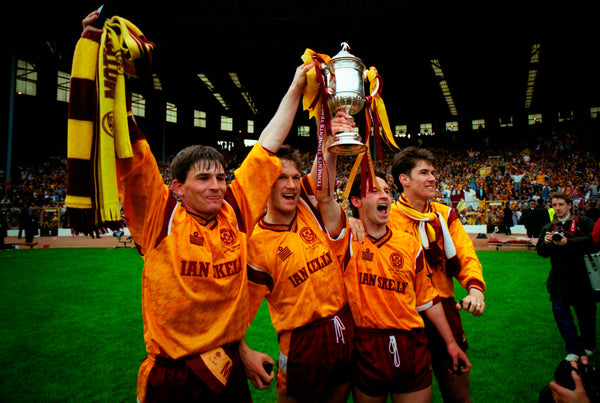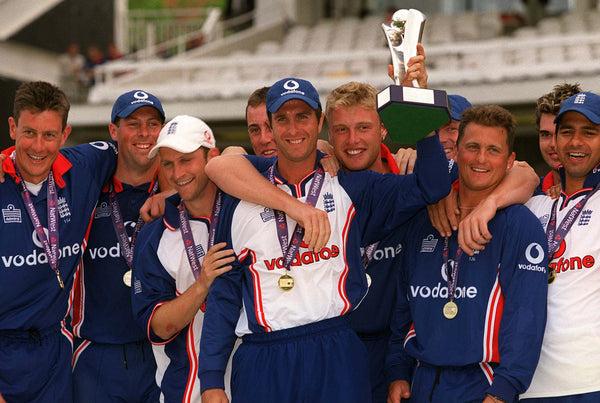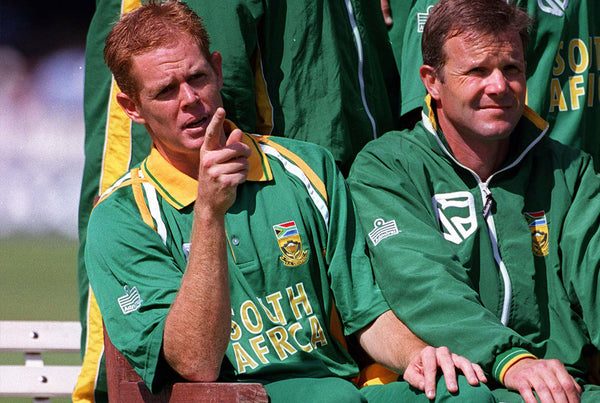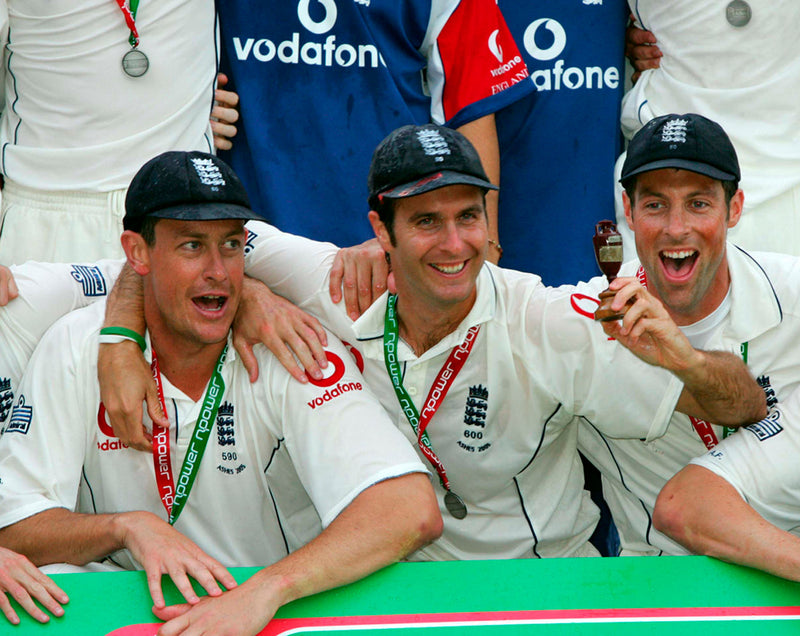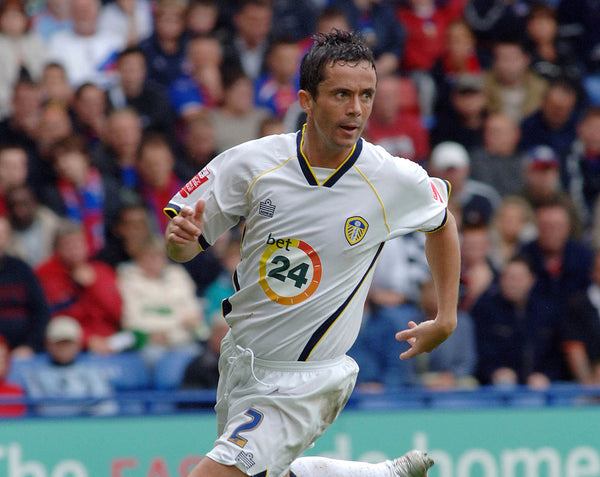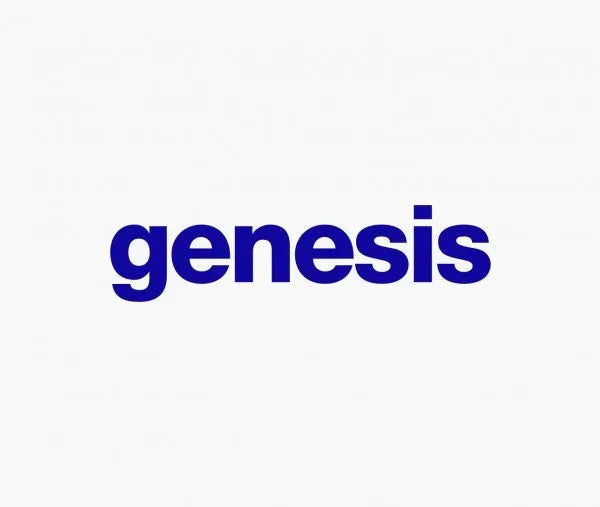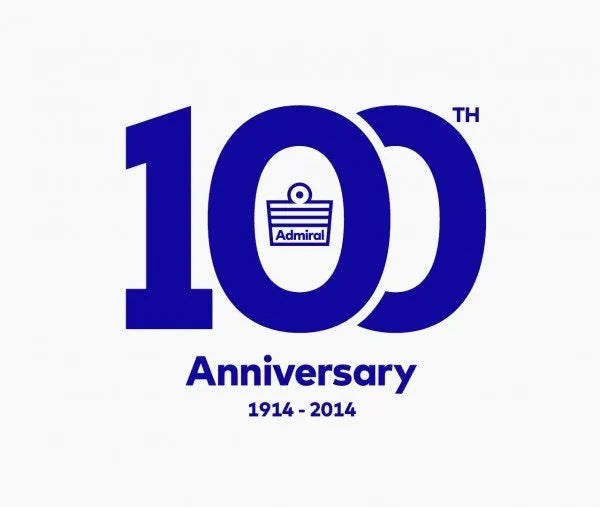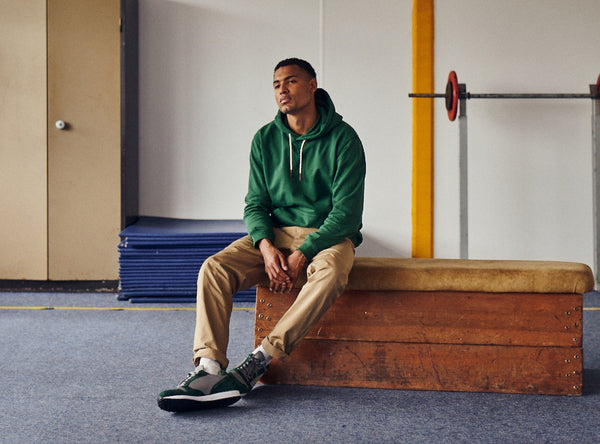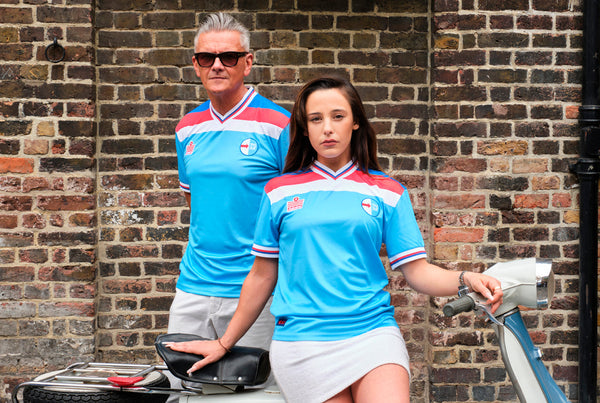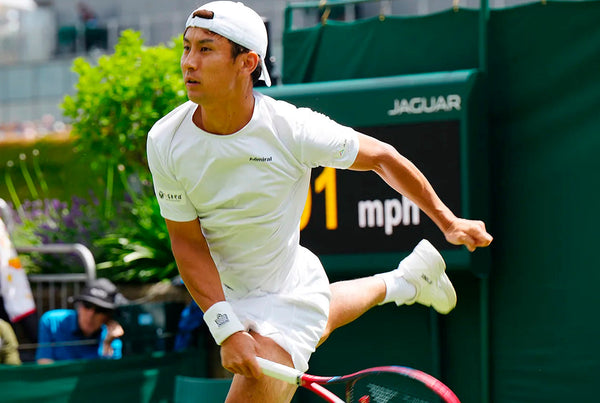
The Admiral Brand Is Born
From humble hosiery beginnings and Royal Navy service, to brand reinvention and the birth of a football-focused sportswear giant.
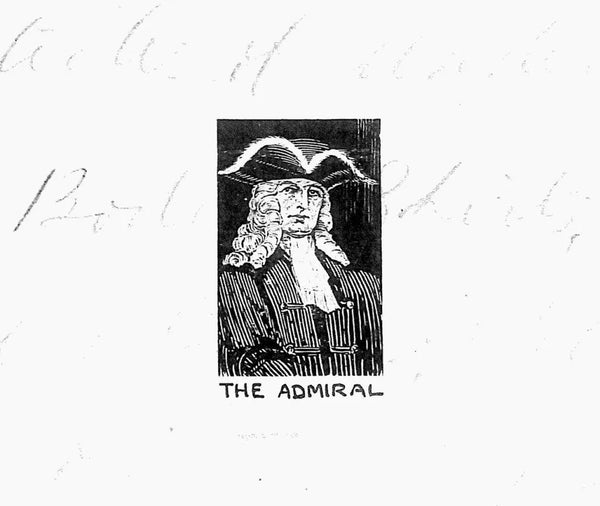
1914: The Admiral brand is born
A decade into business and with a growing reputation, Cook & Hurst built a new, bigger factory next to the original. From these expanded facilities, the company started manufacturing underwear for the military, in support of the First World War effort.
Our first foray into sportswear came during the First World War, producing exercise clothing for the Royal Navy, and this is how the ‘Admiral’ brand came into being – Admiral being the most senior naval rank.
This is why we started to market our products with the stoic-looking Admiral’s head: to signify superiority and to assure the wearer of high-quality British manufacturing.
READ MORE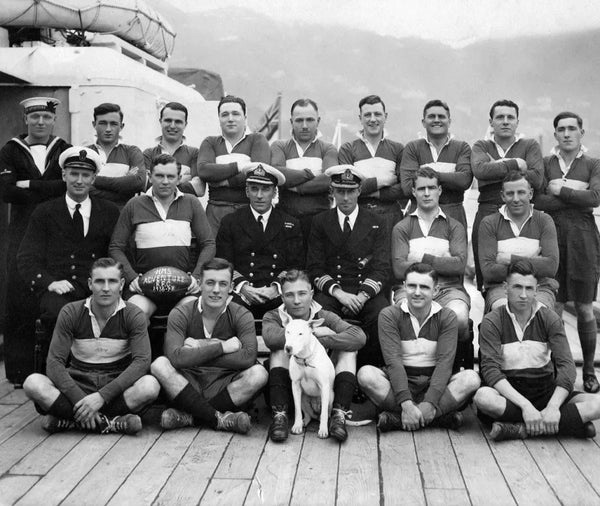
1922: The product range expands
We registered the Admiral trademark in 1922. By the 1930s, our product offering included a wide range of interlock sportswear, as well as bathing costumes for adults and children.
During this decade, the Royal Navy was a keen advocate of troops’ participation in sport, due to the benefits for physical and organisational training, not to mention recreation. Our already-established military connection thus led to us securing a contract with the Royal Navy, supplying white-and-blue rugby shirts for sailors’ sports activities.
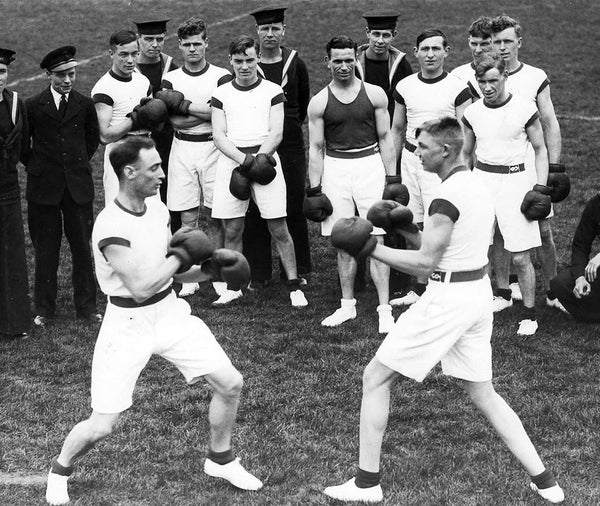
1939: Trusted military suppliers once again
Upon the outbreak of the Second World War, our Wigston factory began to operate around the clock to produce garments for both British and American forces.
We continued to manufacture sportswear for the military, even after the conclusion of the war in 1945 and all the way up to the 1970s.

1956: Bert Patrick enters the picture
Entrepreneur Bert Patrick joined us in 1956, and then purchased the company in 1958, for £34,000. He recognised that the traditional underwear market was undergoing a transition, and decided that the company needed to reinvent itself.
One of Patrick’s first ports of call was replacing the admiral’s-head artwork with a new, cleaner, more modern-looking logo. Oakley Young Associates designed one, based on the stripe-laden insignia of the admiral navy rank, as worn on the sleeve cuffs of an admiral’s uniform. This, of course, became the now-classic Admiral logo that everyone knows.
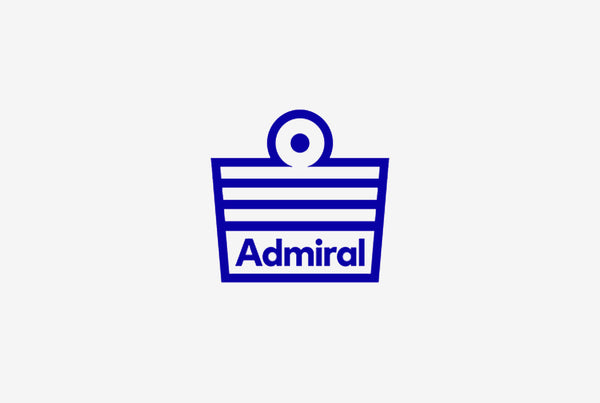
1960: Admiral becomes a sportswear brand
Patrick decided that we needed to move into the fast-growing sportswear market. The machinery and the sportswear-manufacturing expertise was already there – it was just a case of adapting to the modern market and expanding the product range.
An opportunity came knocking in the early 1960s. Cheshire-based sportswear brand Bukta was short on production capability, and approached us for help in producing rugby shirts.

1965: Gordon Banks’s 1966 World Cup shirt
In anticipation of the 1966 World Cup, we designed a new style of lightweight interlock football jersey. The ‘World Cup’ shirt featured built-in elastication at the neck and cuffs, giving complete freedom of movement while also helping to retain its shape.
We produced the shirt at our Wigston factory, and it was purposely unbranded. Leicester City goalkeeper Gordon Banks chose to wear it during the 1965-66 season, as well as for England’s glorious World Cup campaign that summer. He did not receive payment: he wore it purely for its quality.
